A solution proposed by INESC TEC within the scope of the PRODUTECH R3 agenda – based on a use case identified by SONAE – brings together mobile robotics, robotic manipulation and perception technologies.
In 2023, of the 60.2 million tonnes of goods arriving in Portugal, 56.8% came by sea – followed by road transportation, with 36.3%. However, this dominant logistics route relies heavily on manual labour, which is not compatible with the harsh conditions inside shipping containers; in summer, temperatures can reach 50°C. Considering that much of the unloading work must be carried out overnight in to move goods to warehouses in time, the major retail distributors have highlighted the urgent need to automate the unloading process.
With this challenge in mind, INESC TEC researchers developed and presented an autonomous unloading solution based on two key elements: a mobile robot working together with a robotic arm. As a result, autonomous unloading of boxes from maritime containers has become a reality. According to Manuel Silva, INESC TEC researcher and coordinator of the industrial robotics area, this is an excellent example of the institution’s robotics expertise, integrating mobile robotics, manipulation and perception principles. “This work brings all those elements together; we use a mobile manipulator with a robotic arm, equipped with a set of sensors and cameras for perception, and software that combines everything to remove the boxes.”
“A quick analysis confirms the innovative character of the solution”, said INESC TEC researcher Maria Lopes, who helped develop it over recent months as part of the PRODUTECH R3 agenda. “At the moment, in Portugal, there’s nothing like it. Even internationally, it’s hard to see the full operation from start to finish.” This sense of continuity and realism was highlighted by Frederico Borges from SONAE, one of the industry representatives who visited INESC TEC’s Industry and Innovation Laboratory (iiLab) to witness the solution in action. “What they’ve managed to do here, and in a spectacular way, is demonstrate in a real environment what we had seen in simulation. I’m used to INESC TEC doing this, but the truth is that the team demonstrated 100% of what I saw on the computer screen.”
The fact that this is a real use case – not just a virtual proposal or catalogue concept – was what most impressed Gilberto Lobo, engineer at MC SONAE. “I had already seen similar solutions at international trade fairs from major industry players. What’s remarkable here is that we are seeing it in our own country, in our own city, and very close to our industry. I’m certain this solution fits a real use case.” According to him, the introduction of mobile robotics into the retail sector is a highly relevant development. “The retail industry now has the opportunity to move from highly manual work to a completely different and more productive approach.”
For Frederico Borges, this future will not take long to materialise – a medium-term development, driven by “significant pressure in Human Resources”. “One solution is to increase automation: automate what we can, so that our employees can focus on higher value-added work.” He anticipated that the change will come soon: “Within a few years, we will start observing these technologies regularly in retail or similar environments – and we want to be pioneers in implementing them.”
There is still room for the solution developed by INESC TEC to evolve, and improvements have already been identified: “a next version may increase load capacity but also improve speed” – a key element for productivity, said Maria Lopes. Evaluating performance in real-world conditions is another important step, added Manuel Silva, as only then can issues arising when moving from the laboratory to real settings be detected and addressed.
The researchers mentioned in this news piece are associated with INESC TEC and IPP-ISEP.


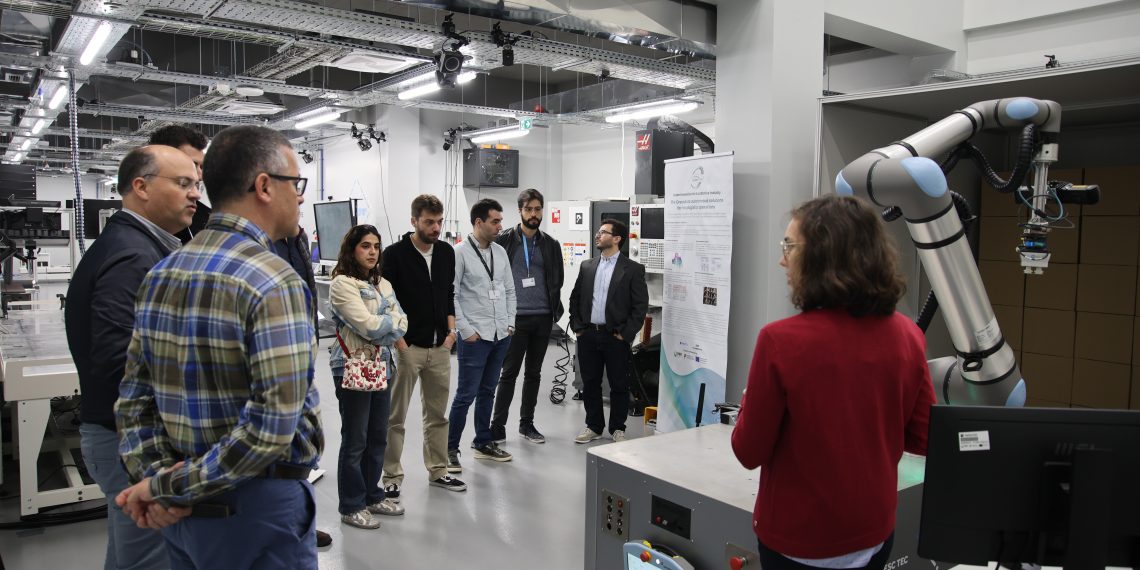
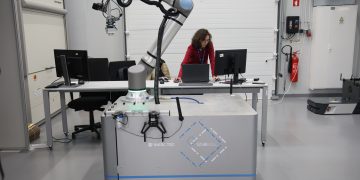
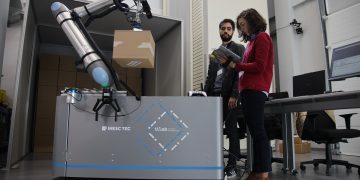
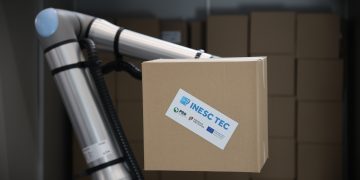
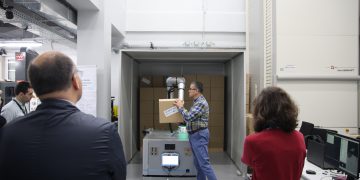
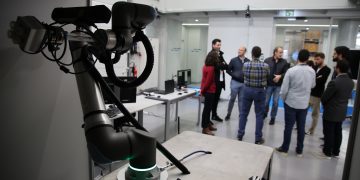
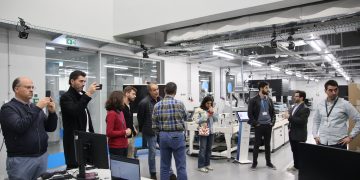
 News, current topics, curiosities and so much more about INESC TEC and its community!
News, current topics, curiosities and so much more about INESC TEC and its community!